Winter Fishing Without Ice: Warm Water Species to Target
Most anglers pack away their gear when winter arrives, assuming fishing season is over until spring. However, for those willing to brave cooler temperatures, winter offers unique opportunities to target warm water species in ice-free waters. From southern reservoirs to power plant discharge areas, various habitats maintain temperatures that keep fish active year-round.
This comprehensive guide explores the best warm water species to target during winter months, where to find them, and techniques to maximize your cold-weather fishing success.
Understanding Winter Fish Behavior
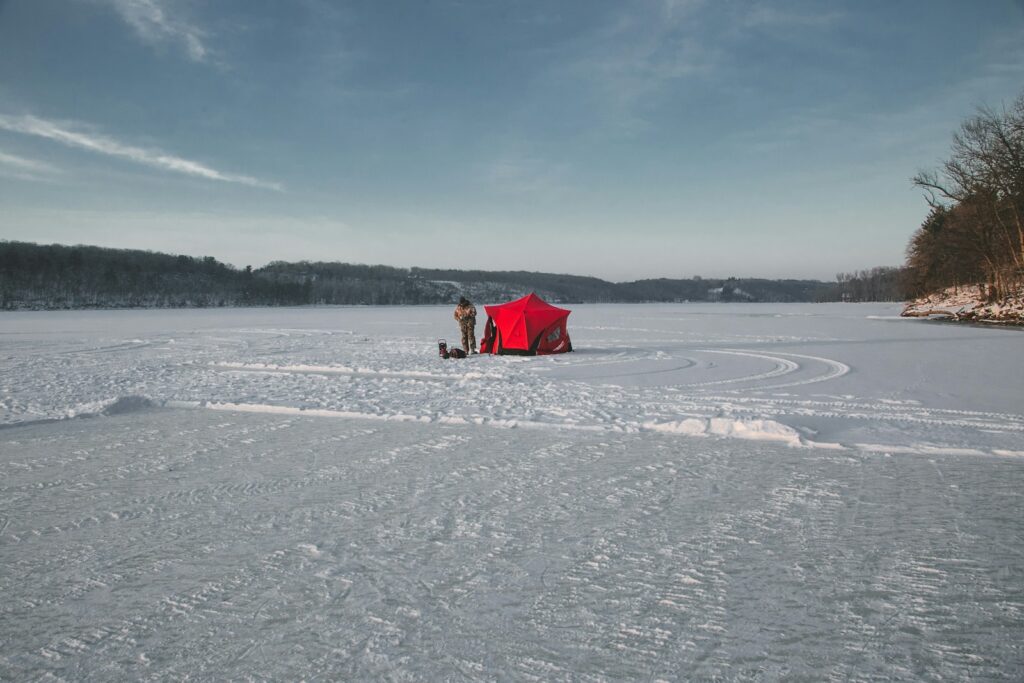
Even warm water species exhibit behavioral changes during winter months that anglers must understand to be successful. Fish metabolism slows significantly in cooler water, causing them to feed less frequently and move more deliberately. They often abandon shallow areas to seek more stable temperatures in deeper water or near underwater structures that retain heat.
Schools tend to concentrate more tightly in winter, meaning when you find one fish, you’ve likely found many. This seasonal behavior shift requires anglers to slow their presentations, downsize their offerings, and focus on high-percentage areas where fish naturally congregate during colder months.
Largemouth Bass: Winter Giants
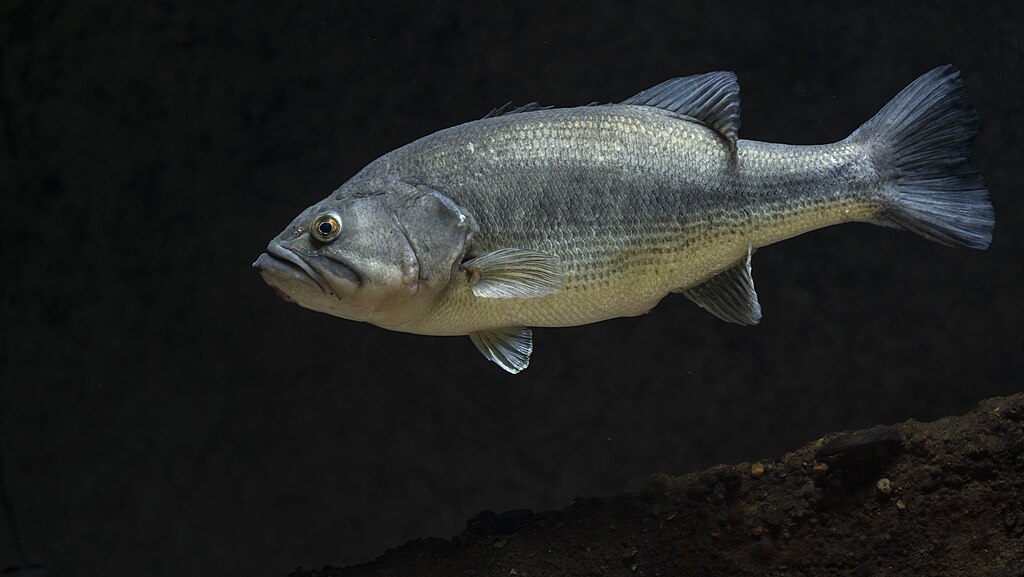
Largemouth bass remain catchable throughout winter in many southern and mid-latitude waters, offering anglers opportunities for trophy fish. During winter, these predators typically abandon their shallow warm-weather haunts in favor of deeper main-lake structures where water temperatures remain more stable. Focus your efforts on steep drop-offs, deep points, and submerged structure in 15-30 feet of water, particularly during mid-day hours when the sun has had time to warm the water slightly.
Slow-moving presentations excel, with jigs, drop-shot rigs, and suspending jerkbaits being particularly effective when worked with extended pauses to accommodate the bass’s reduced metabolism. Winter often produces fewer bites but larger average size, as big females feed strategically to prepare for the upcoming spawn.
Crappie: School’s in Session

Winter crappie fishing can provide fast action when you locate tight schools holding in deeper water. These popular panfish typically suspend over channel edges, creek beds, and brush piles in 15-30 feet of water during the coldest months. Modern electronics are invaluable for locating these suspended schools, which may hold dozens or even hundreds of fish in a compact area. Small jigs in the 1/16 to 1/32 ounce range, tipped with soft plastics or live minnows, are the standard presentation for winter crappie.
Fish these offerings vertically through the school, paying careful attention to the depth where bites occur. Crappie tend to be less aggressive in winter, so subtle movements and slow lifts of your bait will typically outperform more aggressive jigging techniques.
Catfish: Cold-Weather Whiskers
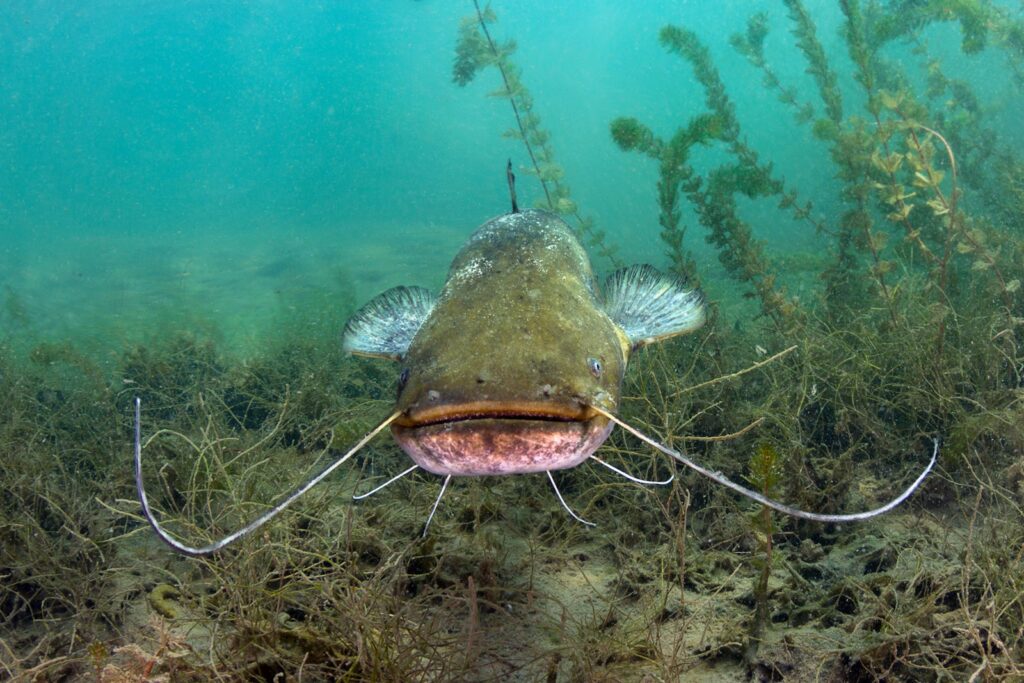
Contrary to popular belief, catfish don’t hibernate and can provide exceptional fishing throughout winter months. Blue catfish are particularly active in cold water, often feeding aggressively when most other species have slowed down. Winter catfish typically congregate in the deepest holes of rivers and reservoirs, particularly near channel bends, deep holes below dams, and at the mouths of tributaries.
Fresh cut bait produces the most consistent results, with larger chunks appropriate for targeting trophy blues and flatheads. The scent trail from cut bait travels far in clear winter water, attracting catfish from considerable distances. For winter catfishing success, patience is essential—allow your bait to soak longer than you would during warmer months, as catfish move more deliberately in cold water.
Striped Bass: Winter Power Players
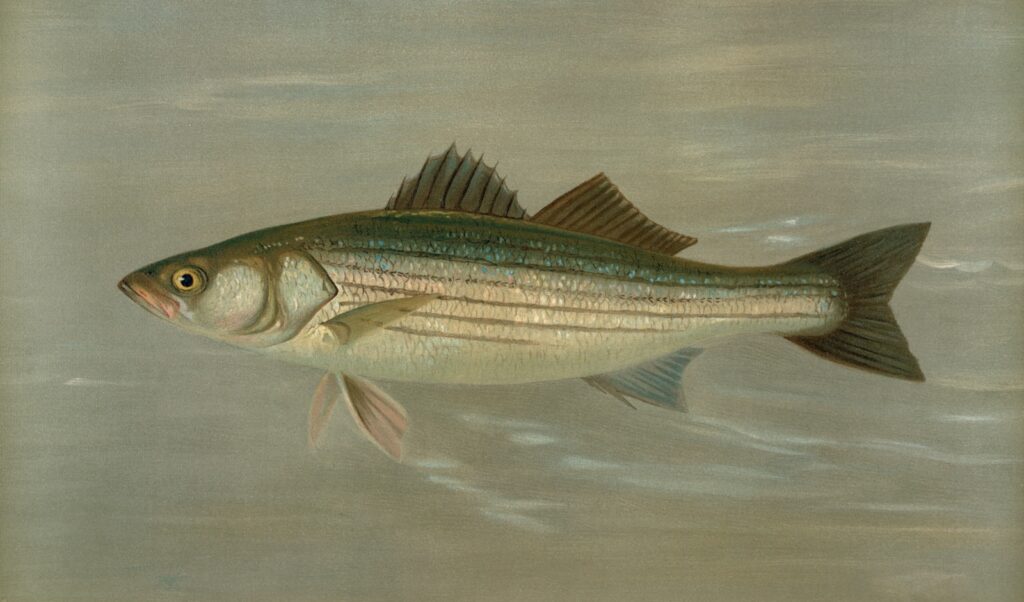
Striped bass thrive in cold water, making them prime targets for winter anglers on many reservoirs throughout the country. These powerful predators often go on feeding sprees during winter as they gorge on shad and herring that become sluggish in the cold. Look for stripers by locating large bait balls on your electronics, particularly in deep water near major creek channels, river confluences, and dam areas.
Live bait techniques excel in winter, with large shad or herring presented on free-lines or downlines at varying depths until you locate the strike zone. Artificial lure enthusiasts should focus on jigging spoons, large swimbaits, and umbrella rigs worked slowly through suspended schools. The winter striper bite often peaks during low-light conditions at dawn and dusk, though overcast days can produce all-day action.
Hybrid Striped Bass: Cold-Water Battlers
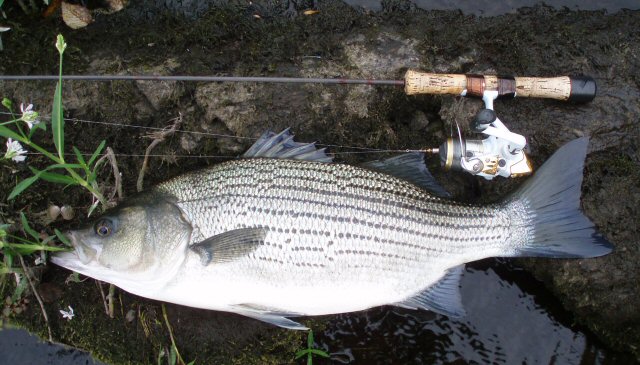
Hybrid striped bass, crosses between white bass and striped bass, offer exceptional winter fishing opportunities in many reservoirs. These aggressive fighters remain active in cold water, often schooling heavily around main lake points, humps, and channel swings in 20-40 feet of water. Hybrids typically follow baitfish schools, so locating concentrations of shad or herring on your electronics is key to finding winter hybrids. Vertical jigging with spoons and tailspinners provides a productive presentation, allowing you to work baits directly through marked fish. The bite is often subtle in winter—more of a light “tick” than an aggressive strike—so maintain direct contact with your lure and set the hook on any unusual sensation. One advantage of targeting winter hybrids is their tendency to school by size, meaning when you catch one quality fish, more of similar size likely remain in the area.
White Bass: Winter Schooling Action
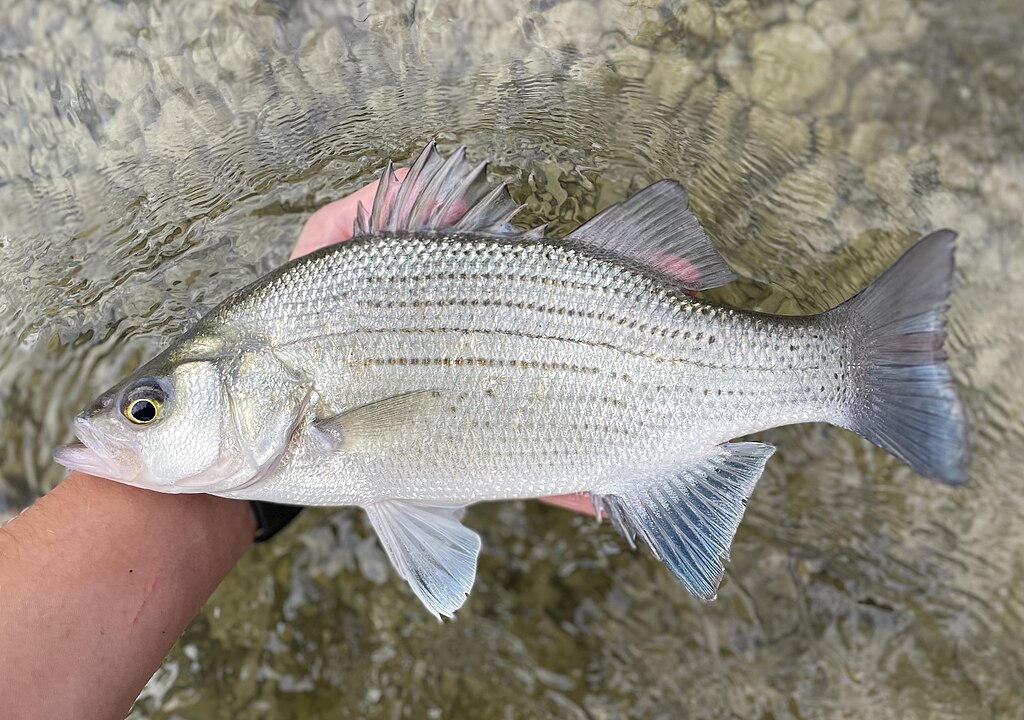
White bass offer fast-paced winter action when found schooling on deep main lake structure. These aggressive fighters often gather in massive schools during winter months, suspending over main lake points, humps, and river channel edges in 20-35 feet of water. Small jigging spoons, blade baits, and tailspinners worked vertically through schools can trigger remarkable catches when the bite is on. Electronics are crucial for winter white bass success, as schools constantly reposition based on baitfish movements and subtle temperature changes.
The best winter white bass fishing often occurs on sunny afternoons when surface water warms slightly, causing baitfish to become more active and triggering feeding schools below. Once you locate an active school, you can often catch fish continuously by staying directly above them and working your lures through the strike zone.
Chain Pickerel: Cold-Water Ambush Predators
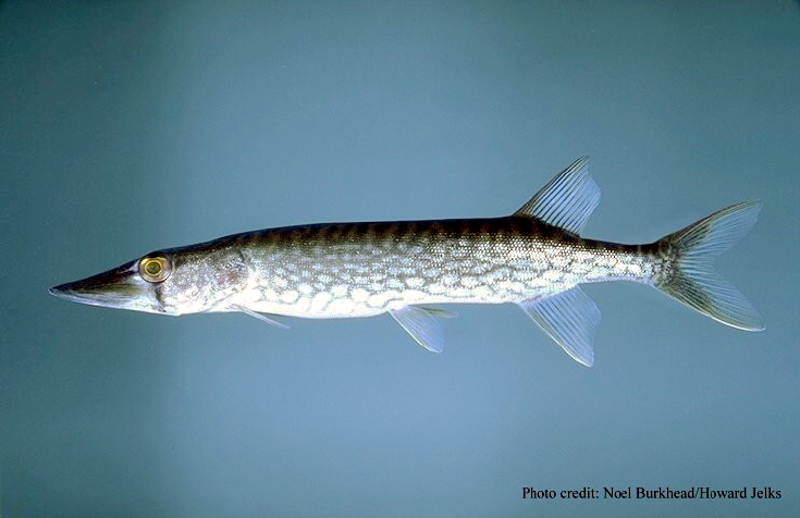
Chain pickerel thrive in cold water, making them excellent winter targets in weedy lakes and backwaters throughout the eastern United States. These toothy predators remain actively feeding even when water temperatures drop into the 40s, often inhabiting shallow areas when other gamefish have moved deep. Focus your efforts on areas with remaining green vegetation, submerged timber, and creek mouths, particularly in those receiving afternoon sun. Small spinnerbaits, suspending jerkbaits, and live minnows under floats all produce winter pickerel consistently when worked slowly through likely ambush points.
The aggressive strike of a pickerel provides a welcome jolt on cold winter days, though their razor-sharp teeth require anglers to use wire leaders to prevent cut-offs. Winter often produces the largest pickerel of the year, with trophy specimens lurking in areas that receive minimal fishing pressure during cold months.
Redear Sunfish and Bluegill: Deep Winter Panfish
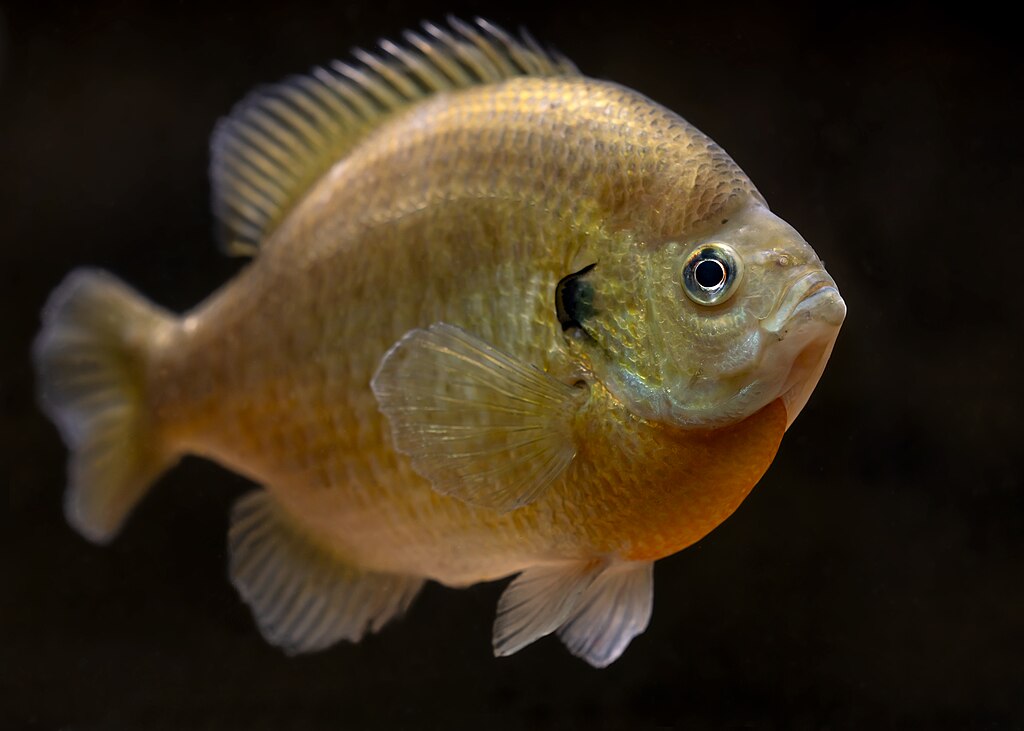
Targeting winter panfish can provide steady action when other species prove challenging. During winter, large bluegill and redear sunfish (shellcrackers) typically abandon shallow areas and move to deeper structure in 15-25 feet of water.
Focus on deep brush piles, channel edges, and areas with hard bottoms where these panfish congregate in large numbers. Small jigs tipped with live waxworms, red wigglers, or tiny soft plastics presented on light line will tempt even the most lethargic winter panfish. Fish these offerings directly through cover, using the most sensitive rod you own to detect subtle winter bites.
The key to consistent winter panfish success is downsizing everything—smaller hooks, lighter line, and more compact baits will outproduce standard warm-weather presentations when water temperatures drop below 50 degrees.
Walleye: Cold-Water Specialists
Walleye fishing can reach its peak during winter months on rivers and reservoirs that remain ice-free. These prized gamefish feed actively in cold water, often moving shallower than you might expect, especially during low-light periods. River systems with current breaks, eddies below dams, and deep holes adjacent to gravel bars provide prime winter walleye habitat. Vertical jigging with blade baits, heavy jigs tipped with minnows, and slow-trolling with bottom-bouncing rigs all produce consistent winter results. The best winter walleye fishing typically occurs during major weather changes, particularly warming trends following cold fronts when fish become more active. Night fishing can be particularly productive for winter walleyes, as these light-sensitive predators often feed more aggressively after dark when they move shallow to hunt baitfish along structural edges.
Carp: Winter Opportunities

Carp provide overlooked winter fishing opportunities, often feeding actively when other species shut down. These powerful fish typically school tightly in winter, gathering in deep holes, creek mouths, and areas receiving warm water discharges. Pack bait techniques excel in cold water, with sweet corn, molasses-based dough baits, and boilies all producing results when presented properly.
Pre-baiting areas for several days before fishing can concentrate winter carp and improve your chances significantly. European-style hair rigs with bolt setups allow carp to hook themselves, which is advantageous since winter bites are often more subtle than during warmer months.
Winter carp typically feed most actively during mid-afternoon hours when water temperatures reach their daily peak, making this a perfect opportunity for anglers who prefer fishing during daylight hours.
Finding Warm Water Refuges
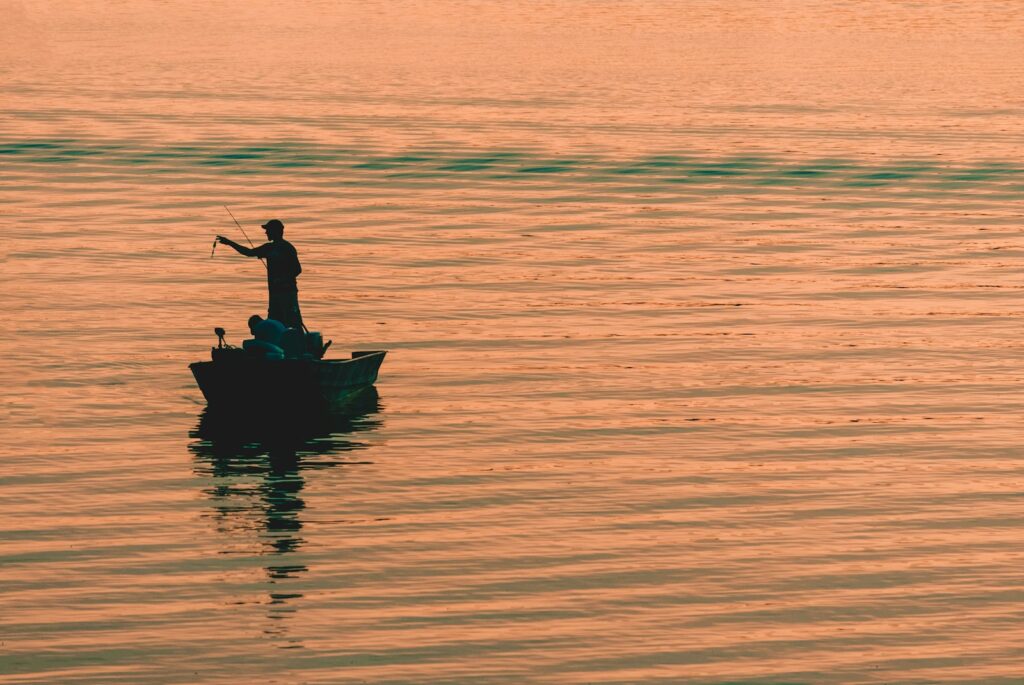
Locating areas that maintain higher temperatures is crucial for consistent winter fishing success.
Power plant discharge areas create artificial warm water zones that attract fish from throughout the system, often concentrating multiple species in a relatively small area. Deep natural lakes and reservoirs develop thermoclines in winter, with water near the bottom maintaining more consistent temperatures than surface layers.
South-facing banks and coves receive maximum sun exposure, warming several degrees on sunny days and attracting both baitfish and predators. Bridge pilings, concrete structures, and riprap absorb solar radiation and release heat into the surrounding water, creating microhabitats that fish utilize during cold months.
Understanding these thermal refuges and how fish relate to them can transform challenging winter days into productive outings regardless of outside air temperatures.
Essential Winter Fishing Gear

Proper equipment makes winter fishing both more comfortable and more productive. Thermal undergarments, quality waterproof outerwear, and insulated boots allow you to stay on the water longer when temperatures drop. Fingerless gloves with hand warmers provide dexterity for tying knots while maintaining warmth. Cold-weather fishing lines are critical, as standard monofilament becomes stiff and unmanageable in freezing temperatures—fluorocarbon and braided lines maintain better performance in cold conditions.
Sensitive rods with fast tips help detect subtle winter bites, while reels with excellent drag systems protect light line when fighting cold-water fish that often stay deeper longer. Electronics become even more valuable in winter, allowing you to locate deep fish concentrations without wasting time on unproductive water.
Most importantly, always carry safety equipment including a change of clothes, communication devices, and emergency supplies when fishing in cold weather environments.
Conclusion
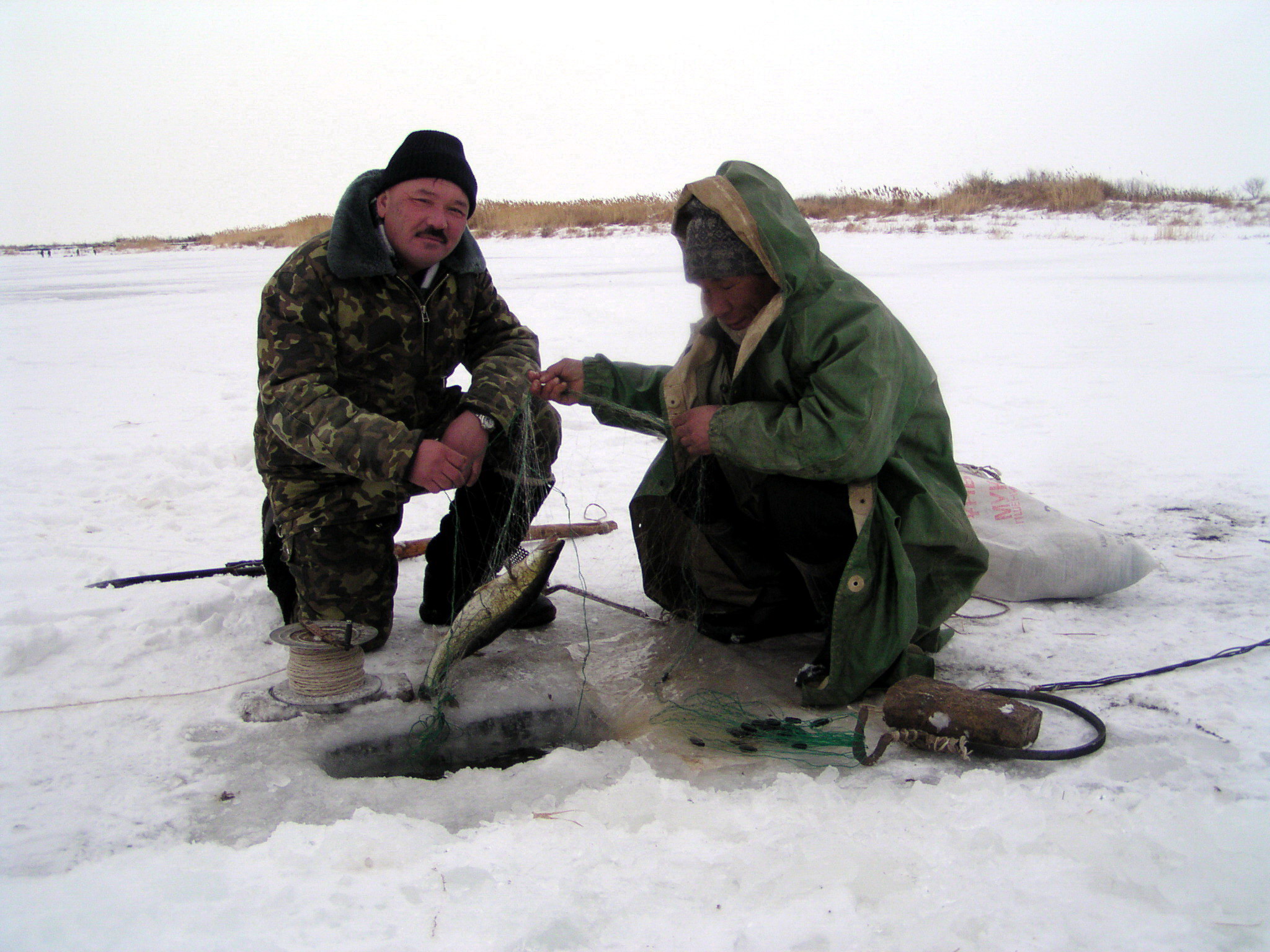
Winter fishing for warm water species offers remarkable opportunities for anglers willing to adapt their approaches to seasonal conditions. Understanding how fish behavior changes in colder water, locating thermal refuges, and adjusting presentations accordingly can lead to some of the year’s most memorable catches.
Whether you’re targeting trophy largemouth bass, schooling crappie, or powerful stripers, winter fishing delivers unique rewards including reduced fishing pressure, scenic solitude, and often larger average fish. By employing the techniques outlined in this guide and dressing appropriately for the conditions, you can extend your fishing season through the winter months and discover a whole new dimension to your angling experience.
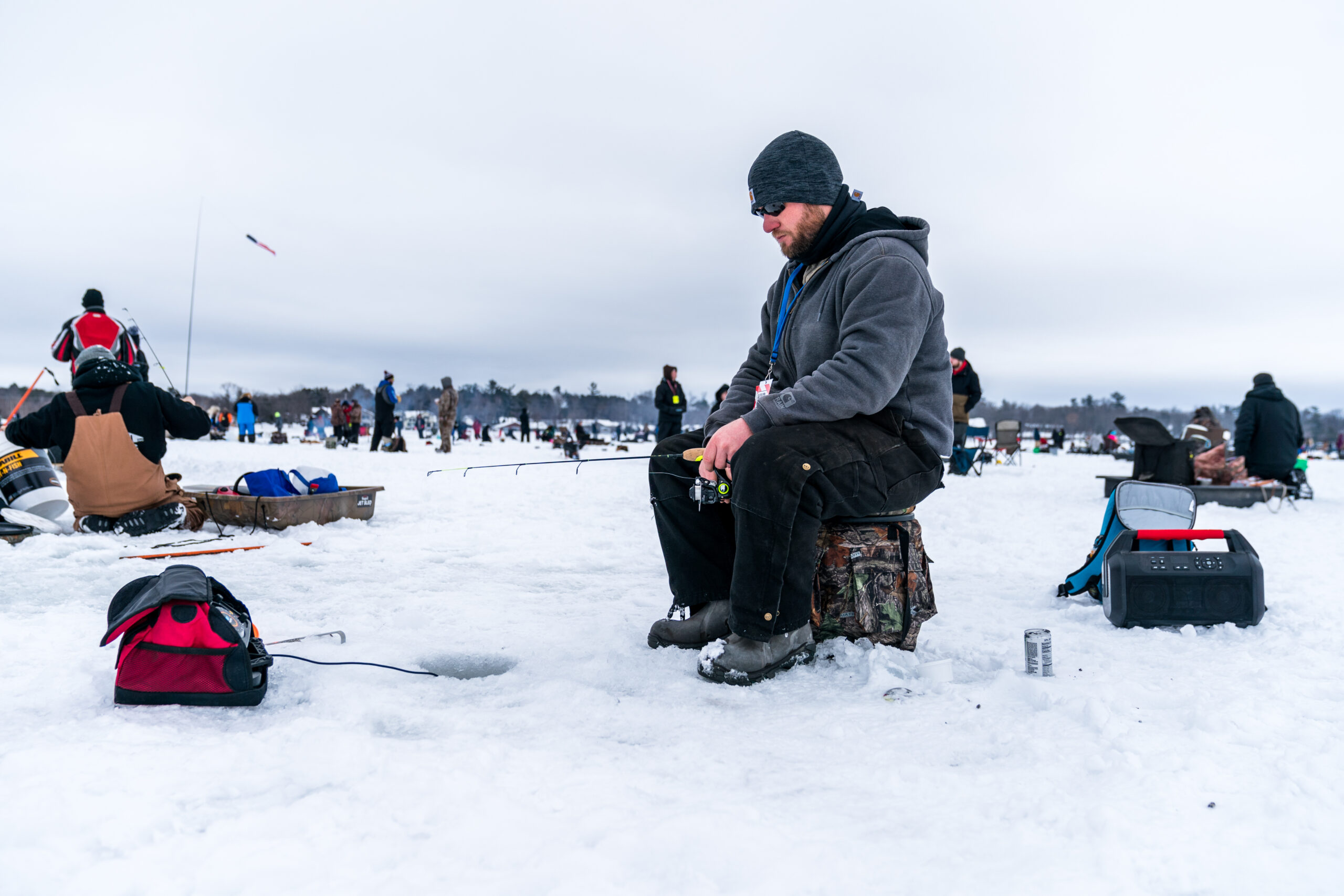

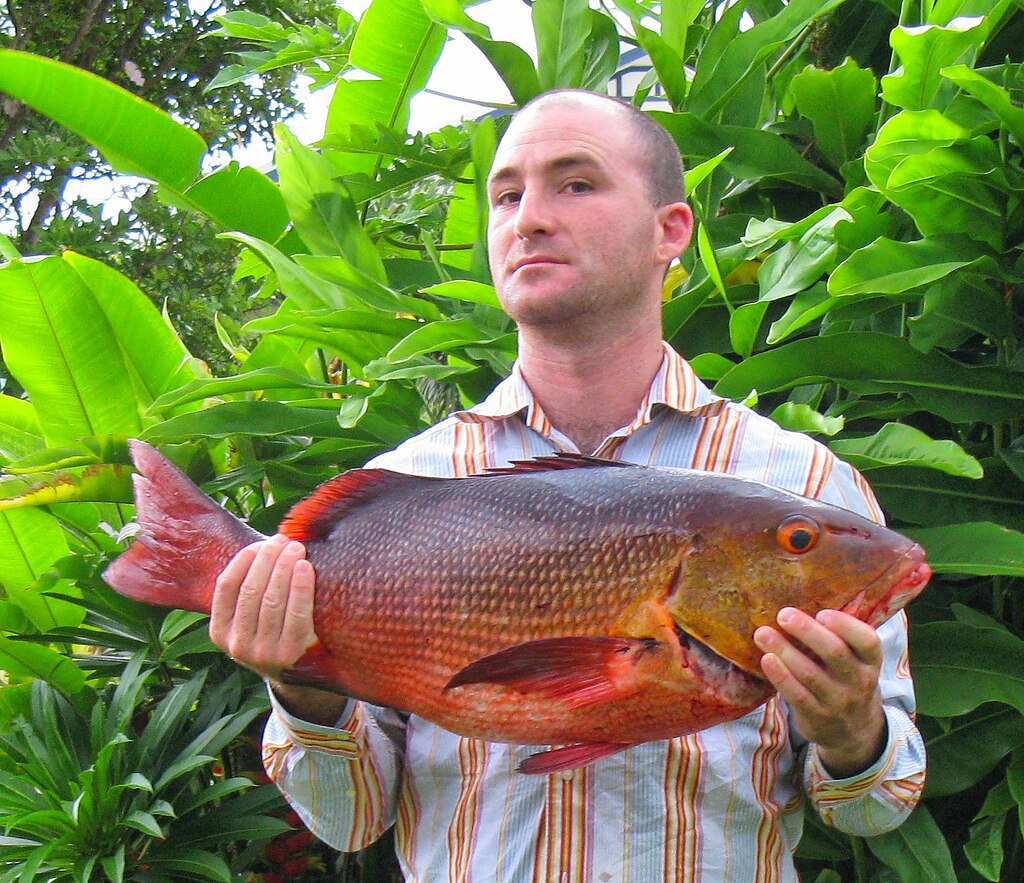











Post Comment